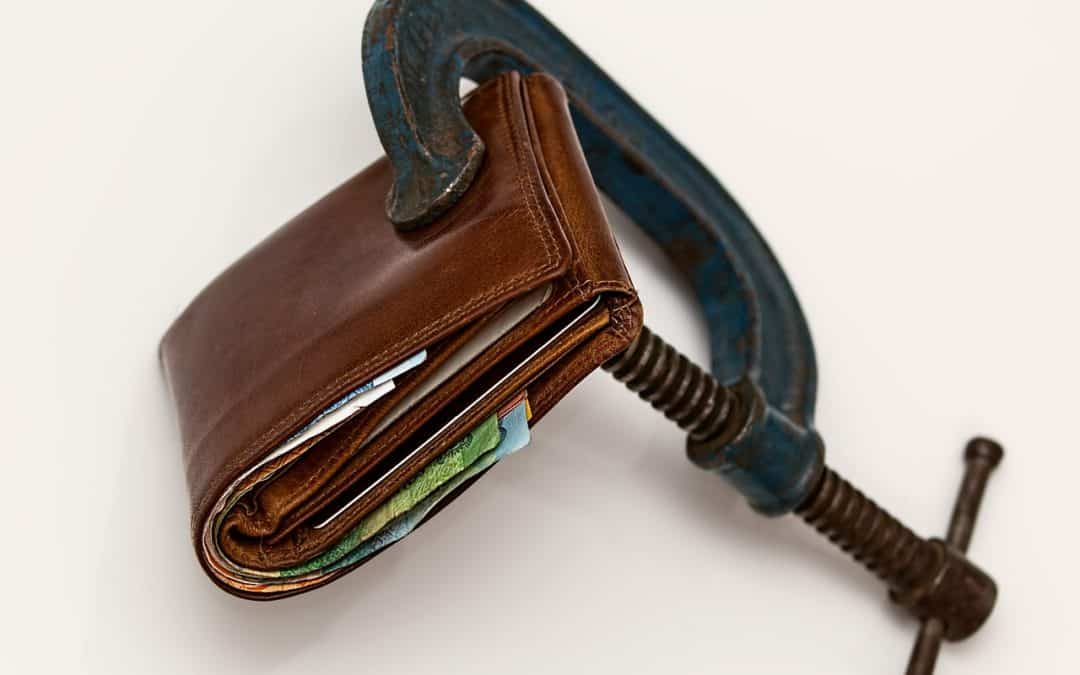You know you’re marketing your business as a commodity when prospects start the conversation by asking you about price.
Positioning yourself as a commodity and hence being shopped on price alone is a terrible position for a small business owner to be in. It’s soul crushing and this race to the bottom is bound to end in tears.
The answer is to develop a unique selling proposition (USP). Something that positions you differently, so that prospects are forced to make and apples-to-oranges comparison when comparing you with your competitor.
If they can do an apples-to-apples comparison of you and your competitors then it comes down to price and you’re toast, because there’s always someone willing to sell cheaper than you.
There’s Nothing New Under The Sun
Very few if any businesses or products are truly unique, so a common question is, “there’s nothing unique about my business, how do I develop a USP?”.
There’s no quick and simple answer to that question but here are a few ideas.
Firstly we want to get into the mind of our prospect. What do they really want? It’s rarely the thing you are selling, it’s usually the result of the thing you are selling. The difference may seem subtle but it’s huge.
For example someone buying a $50 watch is buying something very different from a person buying a $50,000 watch. In the latter case they are likely buying status, luxury and exclusivity. Sure they want it to tell the time just like the buyer of the $50 watch but that’s unlikely to be their core motivation.
So to get into the mind of the prospect, we need to discover what result they are actually buying. Once you understand this, you then need to craft your unique selling proposition based on the result your prospects want to achieve.
For example if you’re a printer, you’re a commodity business. You want to get out of the commodity business as quickly as possible. I don’t mean get out of the industry but you do need to change how you position yourself.
Stop selling business cards, letterheads and printing and start asking open ended questions such as, “Why are you coming to a printer? What is it that you want achieve?”. The prospect doesn’t want business cards and letterheads, they want what they think business cards and letterheads are going to do for their business.
So you could sit down with them and and say, “What are you trying to accomplish? Let’s do a printing audit and evaluate all of the things you’re trying to use printing for. By taking them through the process, you can charge them to do a printing audit. Then if they end up hiring you to do their printing, you can apply that consulting fee towards printing. This way you’re no longer viewed as a printer anymore. You’re now viewed as an advisor that’s serving their needs.
Use Outrageous Guarantees
Another great strategy for creating uniqueness in your offer is an outrageous guarantee. One which completely reverses the risk of the transaction.
To be truly unique when using this technique you must avoid the vague crap that everyone says e.g. satisfaction guaranteed, service quality, dependability.
You must have a very specific guarantee to address the fear or uncertainty that the prospect has about the transaction.
For example if you’re in the pest control business you’re customers want to know:
- The pests won’t come back
- The technician won’t leave their house dirty
- That you won’t poison their family with chemicals
So you’re outrageous guarantee could be something like this:
“We guarantee to rid your home of ants forever, without the use of toxic chemicals, while leaving your home in the same clean and tidy condition we found it. If you aren’t absolutely delighted with the service provided, we insist that you tell us and we’ll refund double your money back.”
Compare that to a weak, vague guarantee like, “satisfaction guaranteed”.
Does an outrageous guarantee like the one above entail risk for the pest control service provider? Sure, if they do a crappy job. But in a case like that they’re likely to have to give the customer a refund anyway. It may even be a legal requirement.
Here’s the other thing about guarantees. If you’re an ethical operator, you are most likely already offering a guarantee but you just aren’t using it to your advantage in your marketing.
So why not make a point of talking about something that you’re already doing.
Most people are honest and won’t abuse guarantees if they’ve received the service they were promised.
Even after accounting for the few people who do abuse them, you’ll be far ahead because a strong guarantee will attract more customers than a weak and vague one.
A strong, results oriented guarantee will also drive you to deliver a great customer experience. This alone ensures that it’s worthwhile to have a strong guarantee.
Your customers have their own fears. When you can name the fears and guarantee
against them in your marketing, you give yourself an overwhelming advantage
over your competitors.
Pricing Strategy
I’m sometimes asked, “can’t lowest price be my USP?”. Sure it can, but can you absolutely guarantee that everything you sell will be priced lower than all your competitors including the behemoths like Target and Kmart? Unlikely.
So a USP that says “lowest prices on some things, some of the time” is not quite so compelling.
The fact is if you’re a small or medium business, you’re unlikely to beat the big discounters at the lowest price game.
Truth be told, you probably don’t want to. By charging higher prices, you attract a better quality client. As counter intuitive as it may seem, you get far less grief from high end customers than you do from low end ones. I’ve seen and experienced this in multiple businesses across multiple industries.
A better option than discounting is to increase the value of your offering.
Bundling in bonuses, adding services, customising the solution can all be of genuine value to your customer but can cost you very little to do.
This also helps you create that apples-to-oranges comparison that gets you out of the commodity game.
Don’t hate the player, hate the game. So as hard as it may be to resist, don’t play the commodity/price game.
Dedicated To Your Marketing Success
John

“I would like to acknowledge the wonderful Alan Dib from Successwise“

















